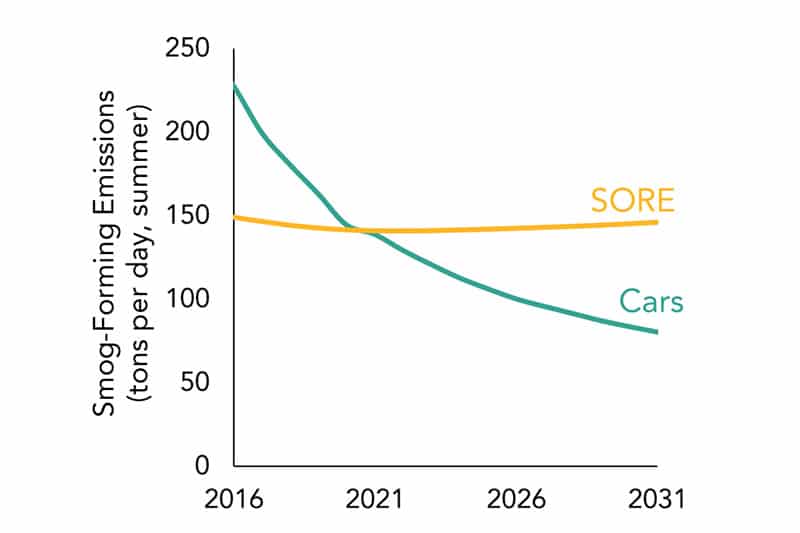It’s no secret that California is on a mission to reduce GHG and NOx emissions. The state will eventually deploy fleets of zero and near-zero emission trucks and buses. However, that switch going to take awhile. In the meantime, the California Air Resources Board is pushing the development of hybrid engines to help accelerate clean technologies.
To start, they’ve opened up more flexible certification laws for hybrid conversion systems for medium- and heavy-duty vehicles. This new flexible certification, called Innovative Technology Regulation (ITR), comes in 3 tiers. Manufacturers hoping to capitalize on this new market will have to prepare an application, develop a test plan, and go through emissions and on-board diagnostics testing. But first, here are the requirements:
For All Tiers
- 10% improvement on CO2 emissions while not increasing other emissions
- No detrimental effect to the stock OBD system or emissions controls
- Designed for vehicles more than 8501 lbs GVWR and model year 2010 or later (2007-2010 vehicles may be eligible depending on their all-electric range (AER) capability)
- Not adjustable by the installer or vehicle operator
- Unimpaired stock OBD system (any modifications to the stock OBD system must be tested and re-validated)
Tier 1 (least strict, fewest sales)
- Annual sales limited to 10 Tier 1 vehicles with an AER less than 35 miles, or 25 vehicles with AER greater than 35 miles
- Engineering evaluation (could include PEMS emissions data)
- EMD system and separate diagnostic link connector
Tier 2 (more strict, more sales)
- Annual sales limited to 500 Tier 1 vehicles with an AER less than 35 miles, or 1,000 vehicles with AER greater than 35 miles
- EMD system (stock OBD system must be able to be set to “complete”)
- Test of 3 OBD monitors
- Evaluation of IUMPR performance (if under spec, a plan must be included for improvement in time for Tier 3)
- Detailed plan for meeting Tier 3 OBD compliance
Tier 3 (most strict, unlimited sales)
- No sales volume limits
- Exhaust emissions test
- Comprehensive component monitoring system integrated with OEM OBD system (sharing OEM diagnostic link connector and MIL)
- Test of 5 OBD monitors (if OEM vehicle was originally certified to chassis-dyno emissions standards) or all OBD monitors (if OEM vehicle was originally engine certified)
Once you’ve developed your product, written your plan, and gone through any necessary testing, you’ll submit a request for certification to the California Air Resources Board. You’ll also be required to offer both a product and an installation warranty for the system.
As with any state or federal certification, it’s a daunting process. So if you’re developing a hybrid conversion system for medium- or heavy-duty vehicles, keep an eye out for our upcoming ebook to learn the details.
Or, if you’d like to get started now, give us a call and our team of experts will guide you through the process quickly and painlessly.


